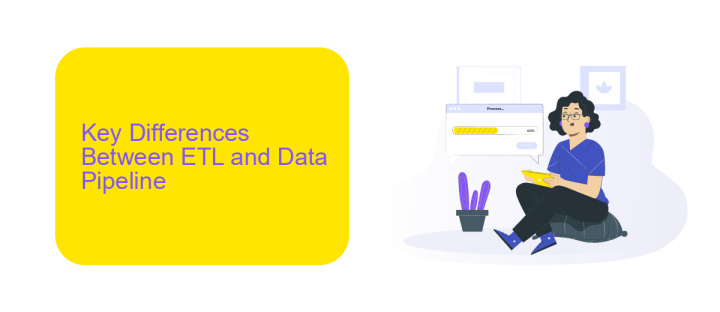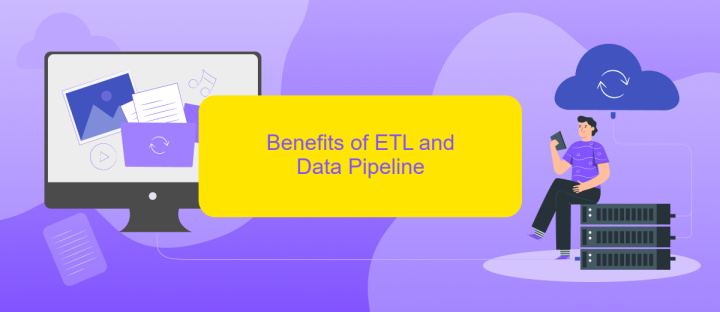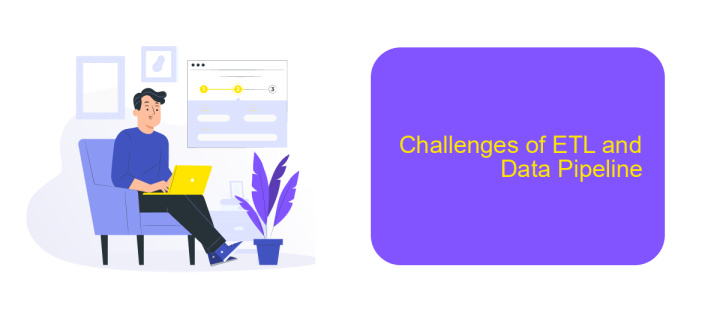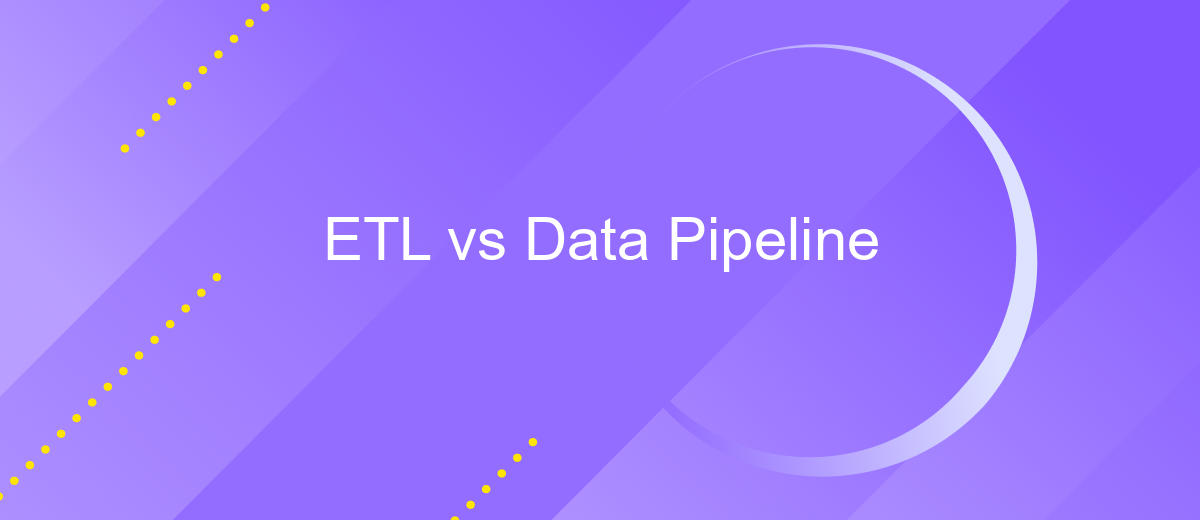ETL vs Data Pipeline
In today's data-driven world, understanding the nuances between ETL (Extract, Transform, Load) and Data Pipelines is crucial for efficient data management. While both processes are integral to data integration, they serve different purposes and offer unique benefits. This article explores the key differences, advantages, and use cases of ETL and Data Pipelines to help you make informed decisions.
Understanding ETL and Data Pipeline
ETL (Extract, Transform, Load) and Data Pipelines are essential concepts in data management and integration. ETL involves extracting data from various sources, transforming it into a suitable format, and loading it into a data warehouse or database. Data Pipelines, on the other hand, are broader and encompass the entire process of data flow from source to destination, including ETL processes.
- Extract: Gathering data from multiple sources.
- Transform: Converting data into a usable format.
- Load: Storing data into a target system.
- Data Pipeline: Managing the complete data flow.
Understanding the difference between ETL and Data Pipelines is crucial for effective data management. While ETL focuses on specific stages, Data Pipelines offer a holistic view of data movement. Tools like ApiX-Drive can simplify the setup of these processes by providing seamless integration services, ensuring that data flows efficiently and accurately across systems.
Key Differences Between ETL and Data Pipeline

ETL (Extract, Transform, Load) and Data Pipelines serve distinct purposes in data management. ETL focuses on extracting data from various sources, transforming it into a usable format, and loading it into a data warehouse. This process is typically batch-oriented and is designed for structured data. In contrast, Data Pipelines are more flexible and can handle both batch and real-time data flows. They facilitate the continuous movement of data between different systems, making them ideal for integrating diverse data sources and applications.
One key difference lies in their adaptability. ETL processes are often rigid and require significant upfront design, whereas Data Pipelines can be easily modified to accommodate changing data needs. Tools like ApiX-Drive can streamline the setup of Data Pipelines by automating the integration of various applications and services, reducing the complexity involved. Additionally, while ETL is traditionally used for data warehousing, Data Pipelines are more versatile, supporting various use cases such as real-time analytics and machine learning.
Benefits of ETL and Data Pipeline

ETL (Extract, Transform, Load) and Data Pipelines are essential components in modern data management, offering distinct advantages to organizations. ETL processes are particularly beneficial for structured data integration, ensuring data quality and consistency through transformation steps before loading into data warehouses. Data Pipelines, on the other hand, provide a more flexible and real-time approach to data flow, accommodating both structured and unstructured data.
- Data Quality: ETL ensures high data quality by applying transformation rules.
- Real-Time Processing: Data Pipelines enable real-time data processing and analytics.
- Scalability: Both ETL and Data Pipelines can scale to handle large volumes of data.
- Flexibility: Data Pipelines offer greater flexibility in integrating various data sources.
- Integration Tools: Services like ApiX-Drive simplify the setup and management of data integrations.
By leveraging ETL and Data Pipelines, businesses can ensure robust data management strategies. ETL is ideal for maintaining data consistency and quality, while Data Pipelines cater to the need for real-time data processing and flexibility. Tools like ApiX-Drive further enhance these processes by providing seamless integration capabilities, making data management more efficient and effective.
Challenges of ETL and Data Pipeline

One of the primary challenges of ETL (Extract, Transform, Load) processes is managing the complexity of data transformations. As data sources and formats diversify, ensuring that the data is accurately transformed and integrated becomes increasingly difficult. This often requires specialized skills and tools, which can be costly and time-consuming to implement.
Data pipelines, on the other hand, face their own set of challenges. Ensuring real-time data processing and maintaining data consistency across various stages of the pipeline can be daunting. Additionally, scaling these pipelines to handle large volumes of data without compromising performance is a significant hurdle.
- Data quality and consistency issues
- High costs of implementation and maintenance
- Complexity in managing diverse data sources
- Scalability and performance concerns
- Real-time processing challenges
Services like ApiX-Drive can help mitigate some of these challenges by simplifying the integration process. ApiX-Drive offers a user-friendly platform that allows businesses to automate data transfers between various applications without requiring extensive technical expertise. This can significantly reduce the complexity and cost associated with managing ETL processes and data pipelines.
- Automate the work of an online store or landing
- Empower through integration
- Don't spend money on programmers and integrators
- Save time by automating routine tasks
Conclusion
In conclusion, understanding the differences between ETL and Data Pipeline processes is crucial for effectively managing and analyzing data. ETL is a well-established method focusing on extracting, transforming, and loading data into a centralized warehouse, making it ideal for structured data and historical analysis. In contrast, Data Pipelines offer more flexibility, enabling real-time data processing and integration from various sources, which is essential for dynamic and rapidly changing environments.
For businesses looking to streamline their data integration processes, leveraging services like ApiX-Drive can be highly beneficial. ApiX-Drive simplifies the setup and management of data integrations, allowing organizations to connect various applications and automate workflows without extensive technical expertise. By choosing the right approach and tools, companies can ensure that their data infrastructure is robust, scalable, and capable of supporting their analytical and operational needs.
FAQ
What is the difference between ETL and a Data Pipeline?
When should I use ETL instead of a Data Pipeline?
Can ETL processes be automated?
What are the common challenges in setting up a Data Pipeline?
How do I ensure data quality in an ETL process?
Apix-Drive is a simple and efficient system connector that will help you automate routine tasks and optimize business processes. You can save time and money, direct these resources to more important purposes. Test ApiX-Drive and make sure that this tool will relieve your employees and after 5 minutes of settings your business will start working faster.


